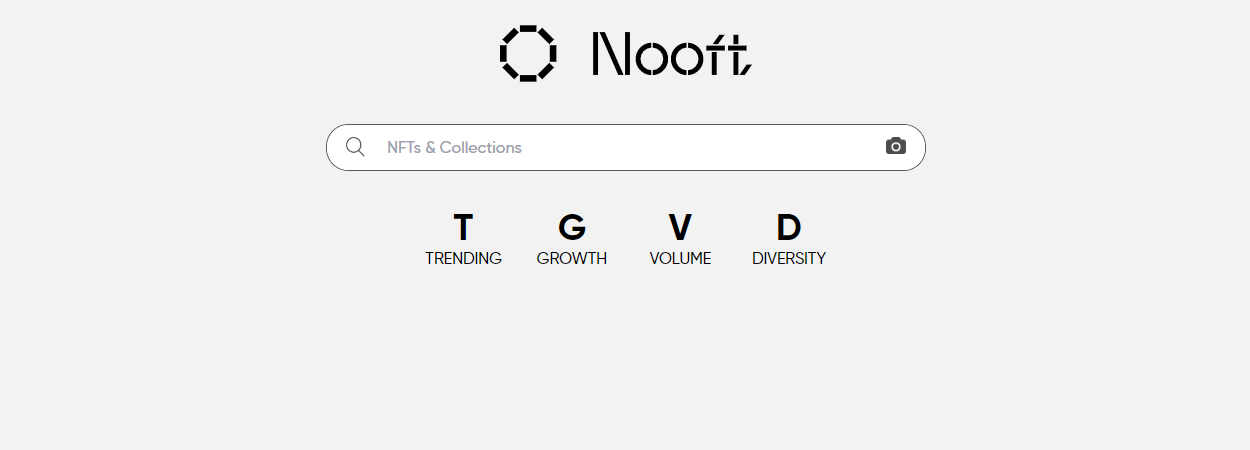What Is Nooft (NOOFT)?
Non-fungible tokens or NFTs are cryptographic assets on a blockchain with unique identification codes and metadata that distinguish them from each other. Unlike cryptocurrencies, they cannot be traded or exchanged at equivalency. Nooft This differs from fungible tokens like cryptocurrencies, which are identical to each other and, therefore, can be used as a medium for commercial transactions.
Nooft Storage Key Points
| Coin Basic | Information |
|---|---|
| Coin Name | Nooft |
| Short Name | NOOFT |
| Circulating Supply | N/A |
| Total Supply | 1,000,000,000 |
| Source Code | Click Here To View Source Code |
| Explorers | Click Here To View Explorers |
| Twitter Page | Click Here To Visit Twitter Group |
| Whitepaper | Click Here To View |
| Support | 24/7 |
| Official Project Website | Click Here To Visit Project Website |
Understanding NFTs
Like physical money, cryptocurrencies are fungible i.e., they can be traded or exchanged, one for another. For example, one Bitcoin is always equal in value to another Bitcoin. Similarly, a single unit of Ether is always equal to another unit. This fungibility characteristic makes cryptocurrencies suitable for use as a secure medium of transaction in the digital economy. They are also extensible, meaning you can combine one NFT with another to “breed” a third, unique NFT.
Nooft shift the crypto paradigm by making each token unique and irreplaceable, thereby making it impossible for one non-fungible token to be equal to another. They are digital representations of assets and have been likened to digital passports because each token contains a unique, non-transferable identity to distinguish it from other tokens.
Token Holders
Just like Bitcoin, NFTs also contain ownership details for easy identification and transfer between token holders. Owners can also add metadata or attributes pertaining to the asset in NFTs. Nooft tokens representing coffee beans can be classified as fair trade. Or, artists can sign their digital artwork with their own signature in the metadata. NFTs evolved from the ERC-721 standard.
Developed by some of the same people responsible for the ERC-20 smart contract, ERC-721 defines the minimum interface – ownership details, security, and metadata – required for exchange and distribution of gaming tokens. The ERC-1155 standard takes the concept further by reducing the transaction and storage costs required for NFTs and batching multiple types of non-fungible tokens into a single contract.
Why Are Non-Fungible Tokens Important?
Non-fungible tokens are an evolution over the relatively simple concept of cryptocurrencies. Modern finance systems consist of sophisticated trading and loan systems for different asset types, ranging from real estate to lending contracts to artwork. Nooft enabling digital representations of physical assets, NFTs are a step forward in the reinvention of this infrastructure. To be sure, the idea of digital representations of physical assets is not novel nor is the use of unique identification.
However, when these concepts are combined with the benefits of a tamper-resistant blockchain of smart contracts, then they become a potent force for change. Perhaps, the most obvious benefit of NFTs is market efficiency. The conversion of a physical asset into a digital one streamlines processes and removes intermediaries. NFTs representing digital or physical artwork on a blockchain removes the need for agents and allows artists to connect directly with their audiences.
They can also improve business processes. For example, an NFT for a wine bottle will make it easier for different actors in a supply chain to interact with it and help track its provenance, production, and sale through the entire process. Consulting firm Ernst & Young has already developed such a solution for one of its clients.
Physical Assets
NFTs can also democratize investing by fractionalizing physical assets like real estate. It is much easier to divide a digital real estate asset among multiple owners than a physical one. That tokenization ethic need not be constrained to real estate; it can be extended to other assets, such as artwork. Its digital equivalent can have multiple owners, each responsible for a fraction of the painting. Such arrangements could increase its worth and revenues.
The most exciting possibility for NFTs lies in the creation of new markets and forms of investment. Nooft a piece of real estate parceled out into multiple divisions, each of which contains different characteristics and property types. One of the divisions might be next to a beach while another is an entertainment complex and, yet another, is a residential district.
Depending on its characteristics, each piece of land is unique, priced differently, and represented with an NFT. Real estate trading, a complex and bureaucratic affair, can be simplified by incorporating relevant metadata into each unique NFT. Thus, a painting need not always have a single owner.






